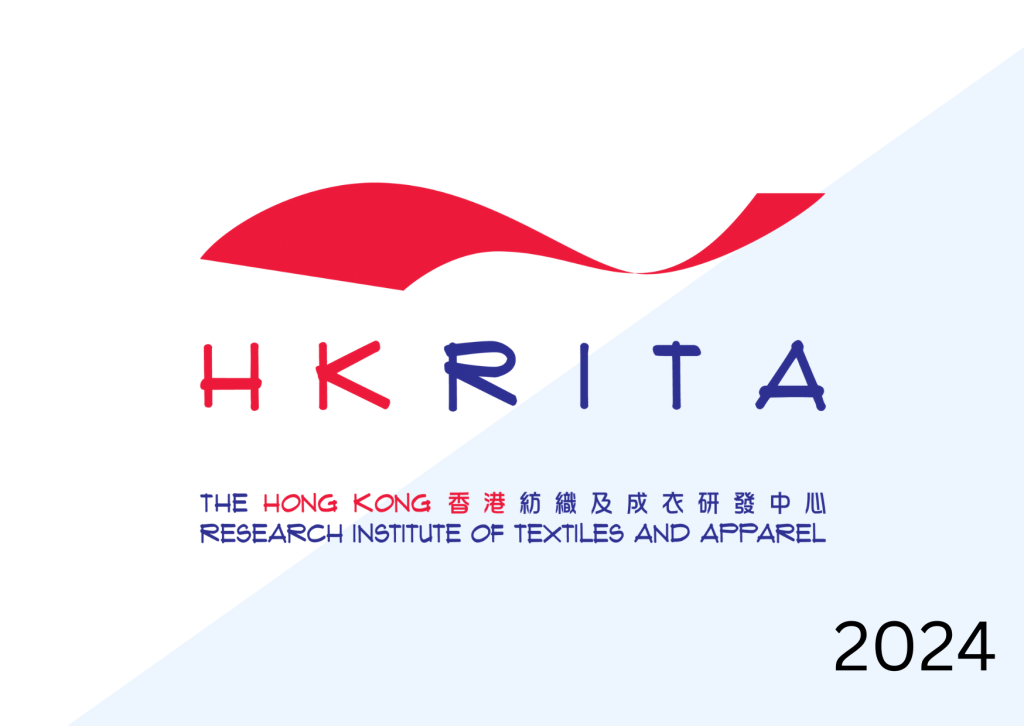
McKinsey & Co noted in its State of Fashion 2023 report that demand volatility has continued since the pandemic and disproportionately impacted upstream suppliers. It calls this the “bullwhip effect” and added that factories that were at full capacity in 2021 have been operating at 30%-40% below capacity in 2023.
73% of chief procurement officers expect this volatility will be one of the top challenges affecting supplier relationships over the next five years and manufacturing experts believe the third quarter of 2024 may be the earliest that textile factories see capacity improvements.
Supply chain volatility impacting upstream apparel suppliers
According to the report, upstream apparel suppliers and manufacturers have undergone significant disruption, where changes in consumer demand have resulted recently in a sharp decline in factory utilisation, widespread layoffs, and delayed investments. As brands and retailers look to scale up capacity to meet renewed demand, they may start to feel the repercussions of recent upstream strains.
The report reads: “In the face of falling demand, each part of the supply chain overcompensates by reducing forecasts, lowering production and decreasing order volumes — often driven by communication gaps and forecasting inaccuracies.”
The pandemic saw retailers contend with disruptions when products arrived late and overcompensate for inventory shortages by ordering too much stock. But a more cost-conscious consumer meant lower demand leading to billions of dollars in unsold goods and a swathe of order cancellations and reductions.
In the last quarter of 2022, fabric exports in seven of the world’s biggest textile-exporting countries fell 20% year-on-year while yarn exports fell 40% in 2023, according to McKinsey’s report.
How well do you really know your competitors?
Access the most comprehensive Company Profiles on the market, powered by GlobalData. Save hours of research. Gain competitive edge.

Thank you!
Your download email will arrive shortly
Not ready to buy yet? Download a free sample
We are confident about the unique quality of our Company Profiles. However, we want you to make the most beneficial decision for your business, so we offer a free sample that you can download by submitting the below form
By GlobalDataThe repercussions on smaller manufacturers have been severe, including mass layoffs and complete factory closures in some manufacturing hotspots like Sri Lanka and Vietnam. It has also made humanitarian crises more urgent and concerns grow over the impact of increased stress on factories such as the risk of labour abuses including wage theft and union busting.
China has seen a spike in worker strikes and protests as has Bangladesh, while in Pakistan floods disrupted cotton crops leading to lower exports and mass layoffs.
A McKinsey survey of chief procurement officers (CPOs) in September 2023 found that 73% believe demand volatility will be one of the top challenges to affect supplier relationships over the next five years.
Layoffs and delayed investments may mean the industry is insufficiently prepared to scale up capacity quickly while worker displacement and skills loss may create further major challenges for the industry.
How brands and retailers can navigate supply chain disruption in 2024
Supply chain resilience: Transparency and communication among all stakeholders in the supply chain will likely be paramount in facilitating better information sharing and joint demand forecasting. According to McKinsey’s survey, 70% of chief procurement officers believe that improving demand transparency with suppliers through systems and processes is critical in navigating market turmoil.
Cultivating strategic partnerships with key suppliers: This could include longer-term contracts with not only direct suppliers but also tier two, tier three and tier four partners that are vital to a business. One potential benefit of such a long-term commitment is that it can provide a supplier with cash flow to invest in industrial and sustainability improvements at its facilities.
Championing workers’ rights: This includes ensuring fair wages, job protection, safe working conditions and opportunities for professional development for factory workers.
McKinsey noted the upheavals of recent years have made clear that fashion companies and their suppliers in the supply chain not only depend on each other to succeed, but also endure challenges together, and added 2024 will likely provide further evidence as to why.







